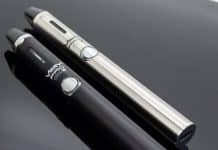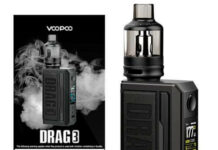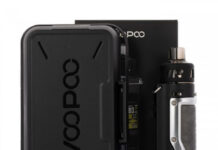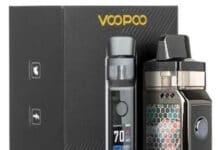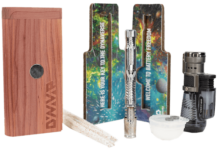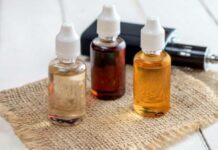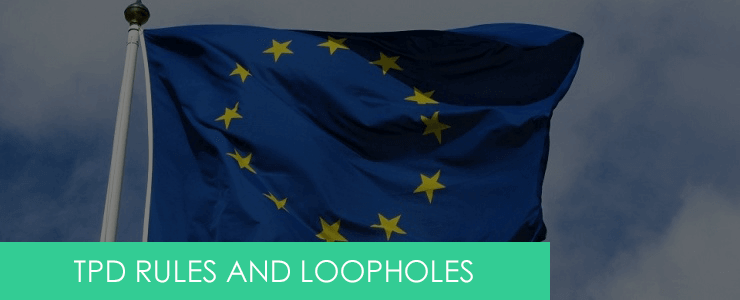
What is the TPD?
The TPD was introduced on 20th May 2016 and overnight it caused a dramatic change in the EU’s vaping landscape.
TPD compliance became a buzz word within the vaping industry, but what exactly does it mean?
The initials “TPD” refer to the Tobacco Products Directive. This is an EU directive which limits the merchandising and sale of all tobacco-related products within the EU.
Originally created back in 2001, the TPD was then revised to include e-cigs in 2014.
Following the passage of the law, every member state of the EU was required to transpose the directive’s requirements into its own laws by 20th May 2016.
Once that date had passed, the majority of countries gave retailers a year’s grace period during which they had to sell all of their stock that didn’t comply with the TPD.
Since each EU country has a unique interpretation of the Tobacco Products Directive, it can be hard to understand all the regulations.
Several of them relate to e-liquids and vape tanks within all EU nations and they are relevant to each and every vaper.
Since the regulations have been rushed through, however, there are a number of loopholes which make things a little easier for customers and businesses alike.
TPD Compliant Vape Tanks
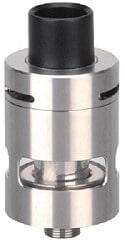
The TPD states that no single-use cartridge, tank or disposable e-cig can exceed a capacity of 2ml.
It also requires vape tanks to be supplied with a nicotine warning sticker.
Fans of sub-ohm multi-mesh tanks are especially affected by the 2ml capacity ruling since they will probably have to carry refill bottles with them when out and about.
In a few EU countries, this regulation isn’t heavily enforced, but in others, it can be impossible to find a large capacity vape tank instore.
Loopholes for Vape Tanks
Companies these days are circumventing the 2ml requirement by developing spare kits which add extra capacity to tanks.
Usually, these have to be bought separately since if they were included in an original kit, that would go against the ruling.
Some other companies in the first days of the ruling tried an easier solution. They added silicone gaskets in the tank to reduce the capacity down to 2ml.
This silicon piece could then be removed by the user so the capacity could be increased in seconds.
Unfortunately, this hack can easily be spotted and therefore it isn’t implemented very frequently these days.
There is another way of working around this capacity regulation, however, and this is to order a tank from overseas.
It’s unlikely that every package of vape products coming from China into the EU would be opened and the tank capacity checked, so it’s easy to see why this could be a convenient solution.
Unfortunately, some countries within the EU have outlawed all cross-border purchases, so you’ll need to check out the laws in your home country to guard against unpleasant surprises.
While it isn’t exactly a loophole, you might want to know RDAs aren’t subjected to this 2ml limit.
However, if you’re going to use an RDA and a squonk mod, remember that at some future time, squonk bottles too may end up being regulated, since this is already under discussion in the United Kingdom.
TPD Compliant E-liquid

There are also TPD rules regarding e-liquid compliance. Manufacturers must adhere to the following rules for their merchandise to remain TPD compliant:
• The capacity of the bottle mustn’t be greater than 10ml
• The strength of the nicotine mustn’t be greater than 20mg/ml
• All bottles need childproof caps as well as nozzles which limit the liquid flow
• Nicotine warning stickers must be displayed on all bottles
• Boxes of e-liquids have to include informational and warning leaflets
From the customer’s point of view, only the first two of these rules are relevant, since they restrict the strength and size of e-liquid bottles.
E-Liquid Loopholes
For those who prefer a higher strength of nicotine, the new regulations limiting its strength to just 20mg/ml is most unwelcome.
While some vapers purchased high nicotine e-juices before the TPD took effect in bulk, over time, they lose their potency and flavour.
Other vapers, ordered nicotine base or juice from overseas however that too is risky, as many companies which are prepared to sell a non-TPD compliant product to customers in the EU are more likely to be dodgy.
It’s a little easier to work around the 10ml bottle limit. Manufacturers of e-liquids began making “shortfill” – flavour concentrates mixed with PG/VG which contain no nicotine.
Customers then only need to add PG and VG to their desired ratio as well as nicotine from the standard 10ml TPD compliant base bottle.
These are sometimes called “nicotine shots”.
There is another option too. That is to make e-liquid yourself. Flavour concentrates, empty bottles, PG and VG aren’t TPD regulated.
Therefore, all you need is to acquire a scale, gloves and nicotine shots and make your own recipes.
If you aren’t quite ready to devise your own recipes yet, many premium brand e-juice companies have begun to release e-liquid recipes of their own in the form of concentrates known as “flavour shots” or “one shots”.
Usually, these are sold in 30ml or 10ml bottles which contain flavour concentrate mixes and PG.
Simply take a bottle and mix the one shot at the specified percentage together with the PG, VG and nicotine shots, allow them to steep and hey presto! You’ve got home-brewed e-juice!
Important Note for Manufacturers
These restrictions outlined here are those which have a direct effect on vapers, however, there are more regulations which impact on vape manufacturers.
Some key changes that vaping companies need to know:
• A 6-month notification is required for all new products. Companies must notify the regulatory agencies in their country 6 months before being permitted to sell new products. Many countries don’t enforce this rule, however, it has slowed down innovation within the industry while also reducing the products which are available for vapers to buy.
• E-liquid emission testing. For manufacturers, this may be an extra hassle however for consumers, it’s quite a good thing. While it’s costly, it has increased confidence in e-juice quality and has helped to combat the argument about not knowing what goes into e-liquid.
• Advertising restrictions. Many countries have outlawed advertising on radio and TV, with social media and online promotions, product placement deals and newspaper advertisements also prohibited.

